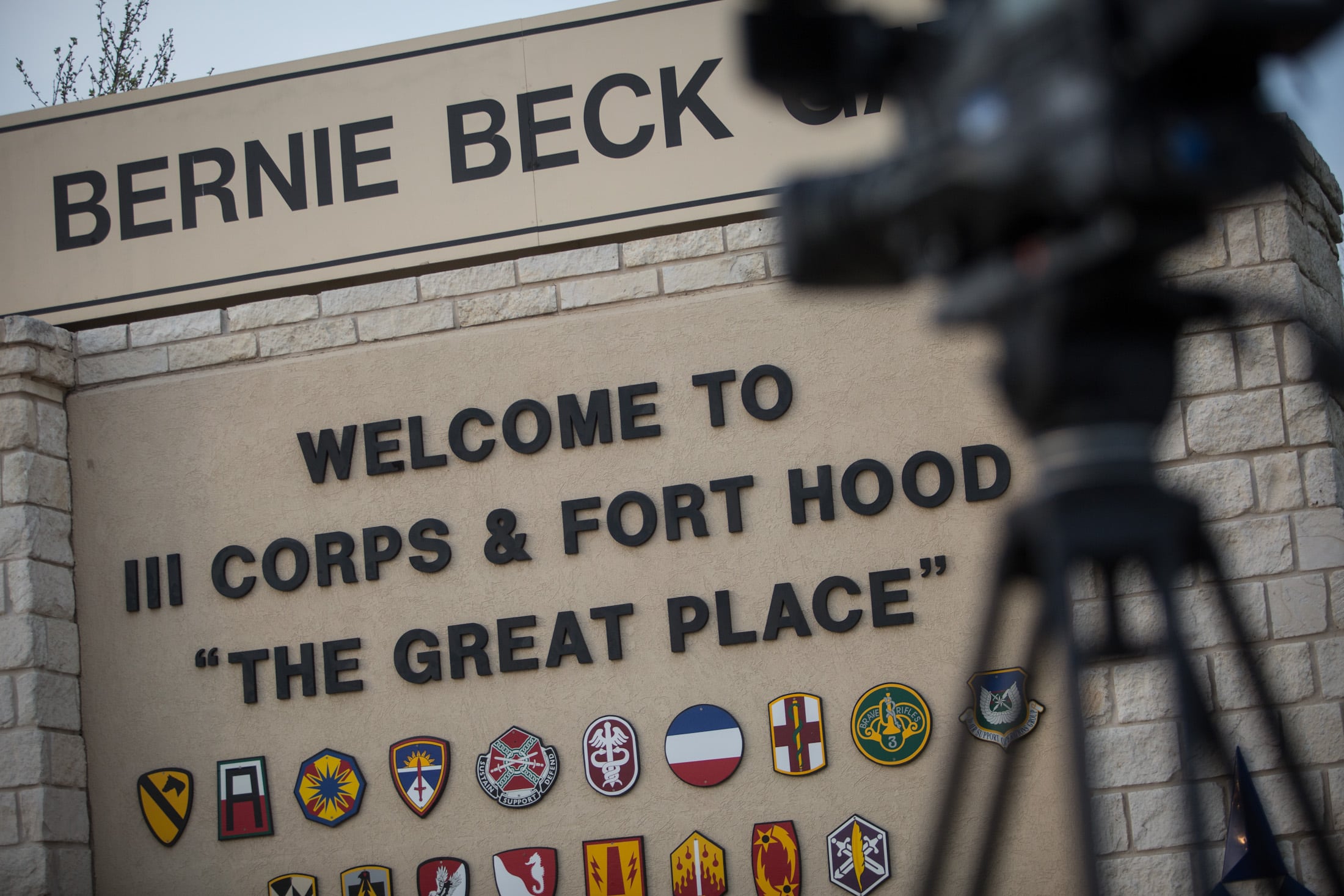As the service adds ships to the fleet, Navy Installations Command must develop space and update facilities to accommodate them, all while keeping budget constraints and energy savings in mind.
With the forward-deployment of ballistic missile defense ships, the addition of littoral combat ships and other challenges, the command has been busy, said Vice Adm. Dixon Smith, head of Navy Installations Command, at the annual Surface Navy Association symposium on Wednesday. Force protection on base and quality of life initiatives have also taken center stage.
Smith highlighted some of the command's accomplishments in the past year and set a timeline for important milestones in the year ahead. Some highlights from his speech:
Force protection
In 2014, the Navy took action on lessons learned from both the 2013 Navy Yard shooting and the shooting aboard the destroyer Mahan in Norfolk the following spring.
"We are now sending all of our law enforcement officers down to Georgia to the federal law enforcement training center" to hone their skills, Smith said.
Eighty masters at arms received training there in 2014, he said, with 95 on the schedule for this year and more than 100 in 2016.
Beyond internal work, the Navy is also working more closely with local law enforcement around bases. More than anything else, tighter working relationships with local police would have made a difference during the Navy Yard shooting, he said.
There are also new measures in place to protect ships following the fire aboard the submarine Miami, which destroyed the boat in dry dock at Portsmouth Naval Shipyard in 2012.
Although shipboard firefighting wasn't a primary mission for federal firefighters in the past, they are now participating in live fire drills.
"Shipboard firefighting is now a core competency for them," Smith said.
Facilities
Two destroyers moved from Norfolk to Rota, Spain, this past year as part of a realignment of ballistic missile power.
Two more are scheduled to move this year, and Smith's office is in charge of making sure the ships and the families of the sailors on board have the facilities they need.
Rota built more schools to accommodate the influx of children, but it also upgraded the piers. This year, ballistic missile ranges are in progress.
That effort goes hand-in-hand with a new facility in Romania for the Aegis Ashore system, which will be followed next year by a base in Poland.
"With respect to the Pacific pivot, we've got to make that we've got the electricity support, the infrastructure support, over in Japan and Guam," Smith said.
The same goes for Hawaii, which has added new types of ships recently.
The littoral combat ship, the Navy's newest platform, also requires its own infrastructure.
"In San Diego they're finishing up the training facility by the end of this year, then in '16, the support facility," he said. "Then in 2017, the emission module facility."
Ground has broken on a training facility in Mayport, Florida, with the support facility following in 2017 and the mission module facility in 2018.
Abroad, a triad of facilities is in early development for both Singapore and Bahrain.
Quality of life
CNIC is responsible for myriad programs on base, but in 2014 the command stood up a new one at sea: deployed resiliency counselors on big-deck amphibious ships and aircraft carriers.
These civilian counselors serve as a liaison for victims of sexual assault underway, helping them navigate the labyrinth of victim advocates, response coordinators and legal representatives so that they don't have to leave the ship during early proceedings.
The Navy has hired 13 of 20 planned counselors, and nine have made it out to sea so far.
"The first couple are now back from deployments and we're learning great stuff from them, because we've not provided that type of resource on our big-deck ships before," Smith said. "We're sitting down with them to figure out how we can provide better support to our sailors while they're underway."
Back home, Smith said he's looking for ways to improve base life for sailors and their families, from housing and childcare to more facilities at remote bases, far from the amenities of big cities.
And in October, the Navy launched its Gold Star Families initiative — somewhat modeled on the Army's program — for spouses, children and parents of sailors killed in the line of duty.
Now, families will have access to on-base services from counseling to commissary and recreation access on a long-term basis.
Meghann Myers is the Pentagon bureau chief at Military Times. She covers operations, policy, personnel, leadership and other issues affecting service members.




